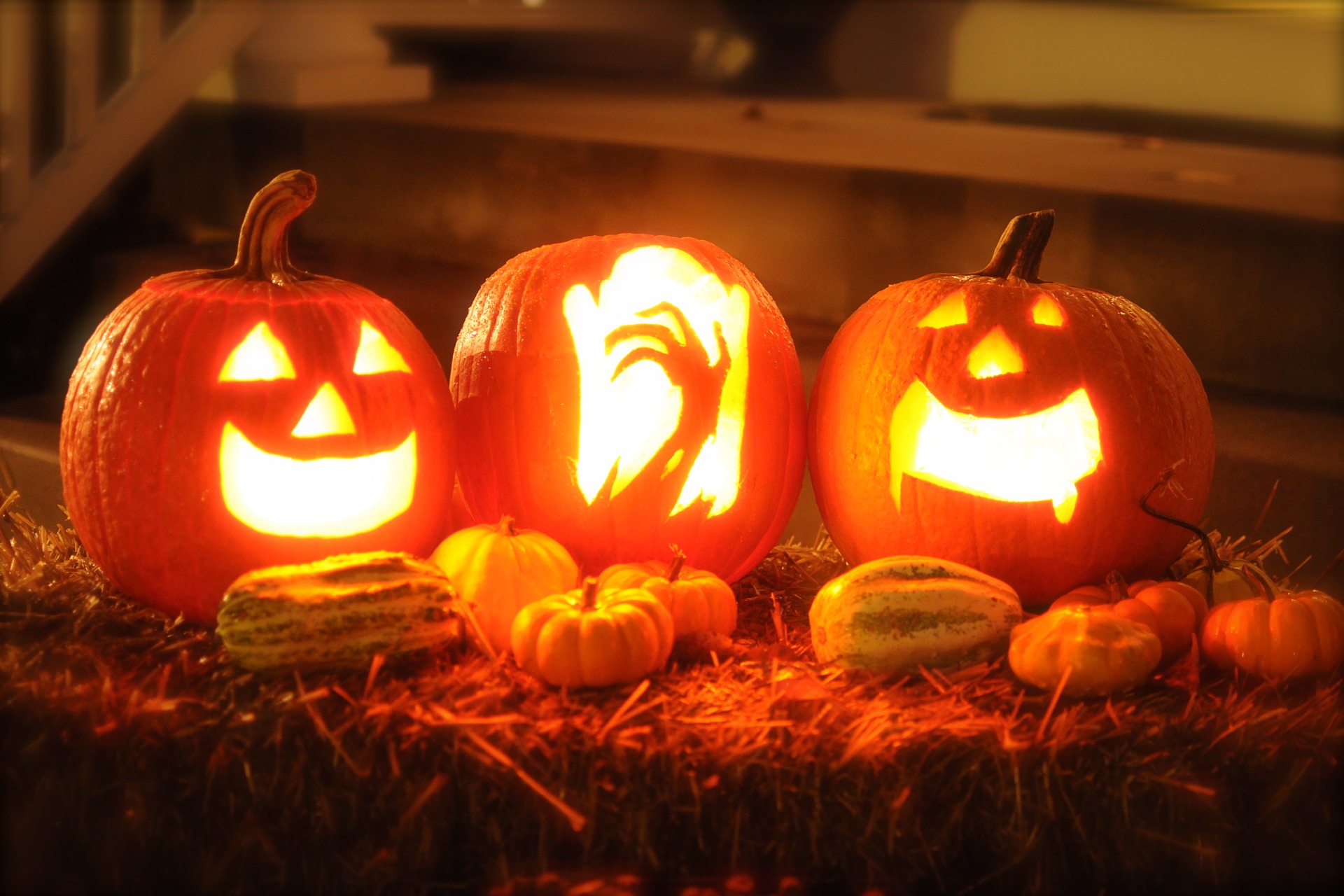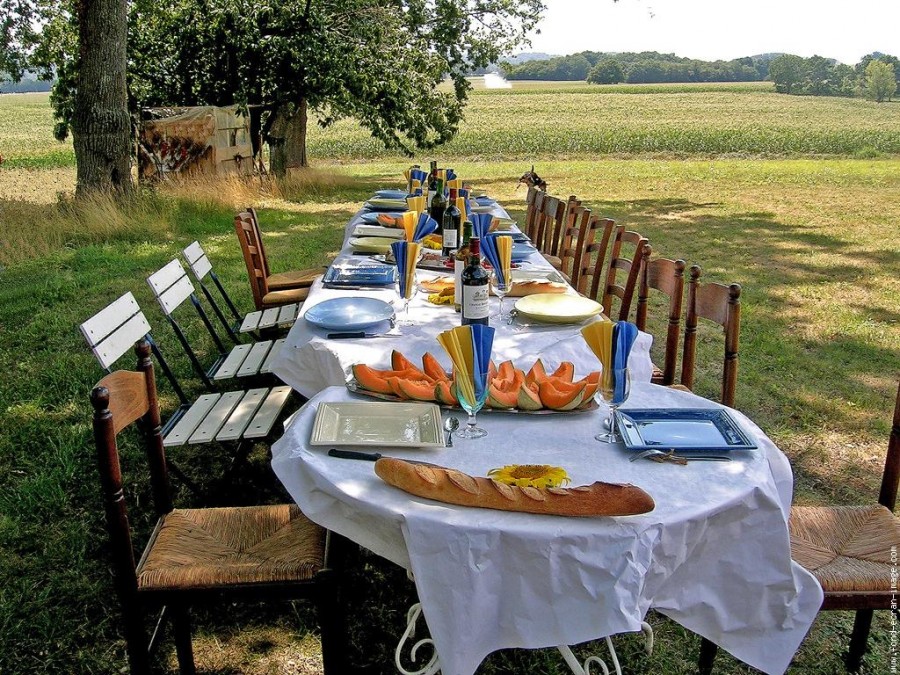The “Fucacoste and cocce priatorje” literally means “Bonfire and heads of purgatory”: between November 1 and 2, Orsara di Puglia, a small town in Southern Italy, hosts the bonfire night, considered the longest and brightest of the entire year. In fact, in any open-door place, such as streets, squares, and backyards, you’ll find a sheaf burning and sparks of fire ascending to heaven, along with pumpkin lanterns. The face of the lanterns can be mocking, smiling, or just mysterious: they just want to guide beloved relatives’ souls in purgatory, thanks to the light placed inside the pumpkin.
The moment is so important that, during the days before that night, people choose the best pumpkins and carve their fields for the night of 1 November. The bonfire night has nothing to do with Halloween: no witches, no masks, no grotesque figures. Both the meaning and the atmosphere are different: men get ready in advance, collecting wood to fuel the fires, whereas moms and grand-moms prepare traditional dishes for the banquet, such as boiled corn seasoned with just mash cooked potatoes, onions, eggs and cooked chestnuts in the embers.
The event underlines the light of faith, the memory of the beloved dead, and the genuine feeling of being together: people want to share a moment of communion characterised by the magic link between the world of the living and of those who live in our memory. The main element of the fires is the broom, a shrub on fire evaporates easily, making it seem that the bond heaven-earth is fulfilled before our eyes. The souls of the dead, back among the living, make a visit to relatives and come back to the mansion where they lived, warm up and continue their travels through the night.






























